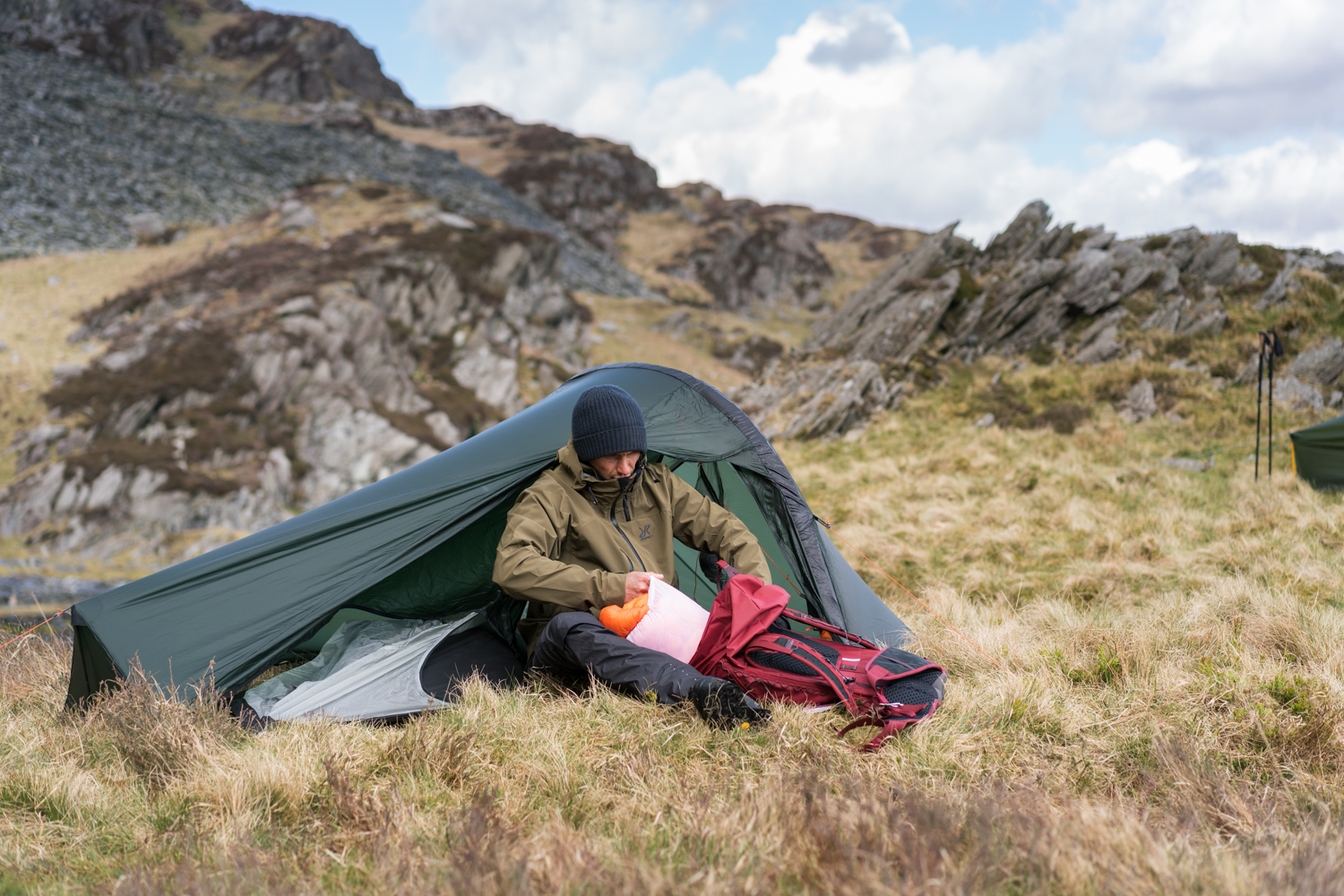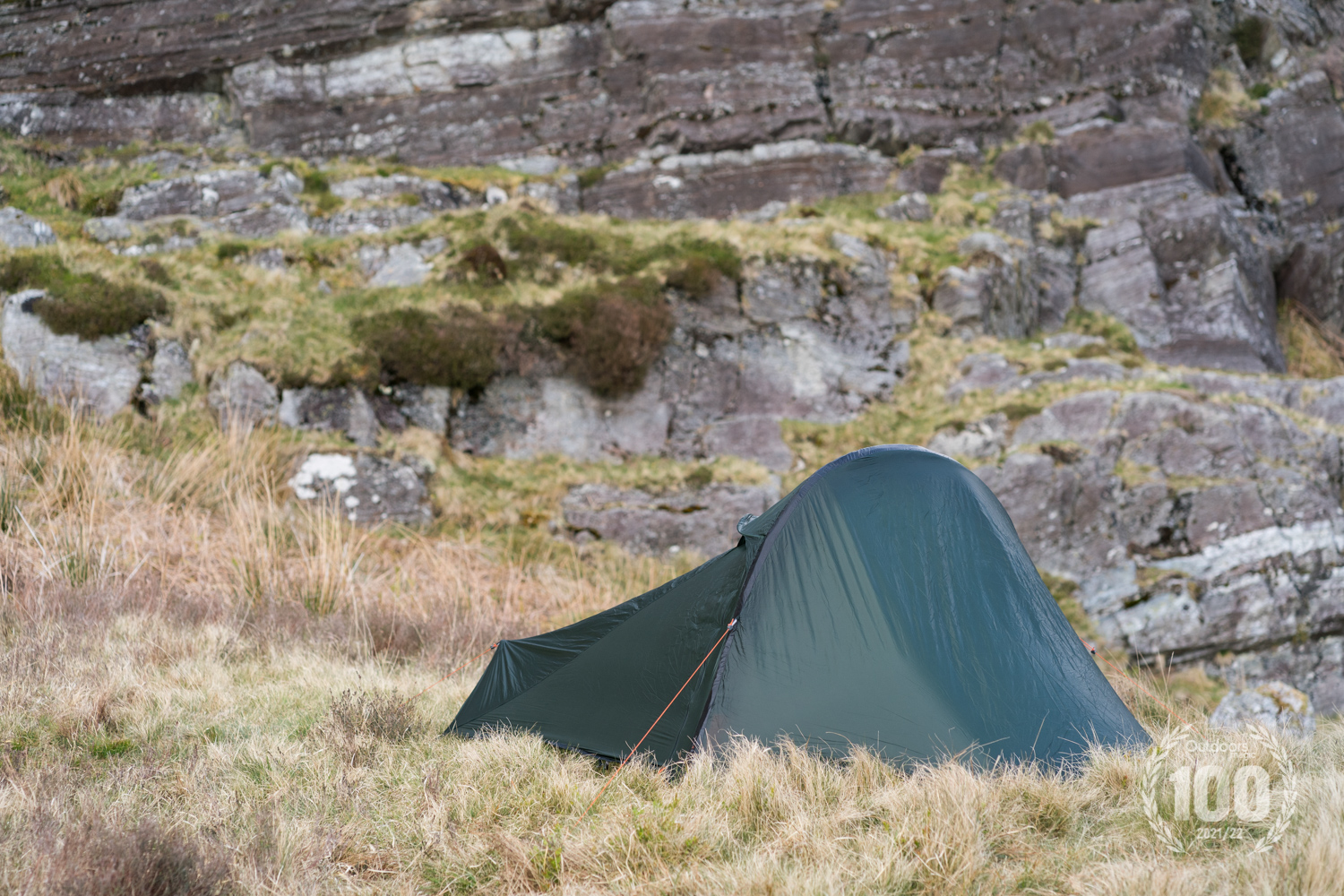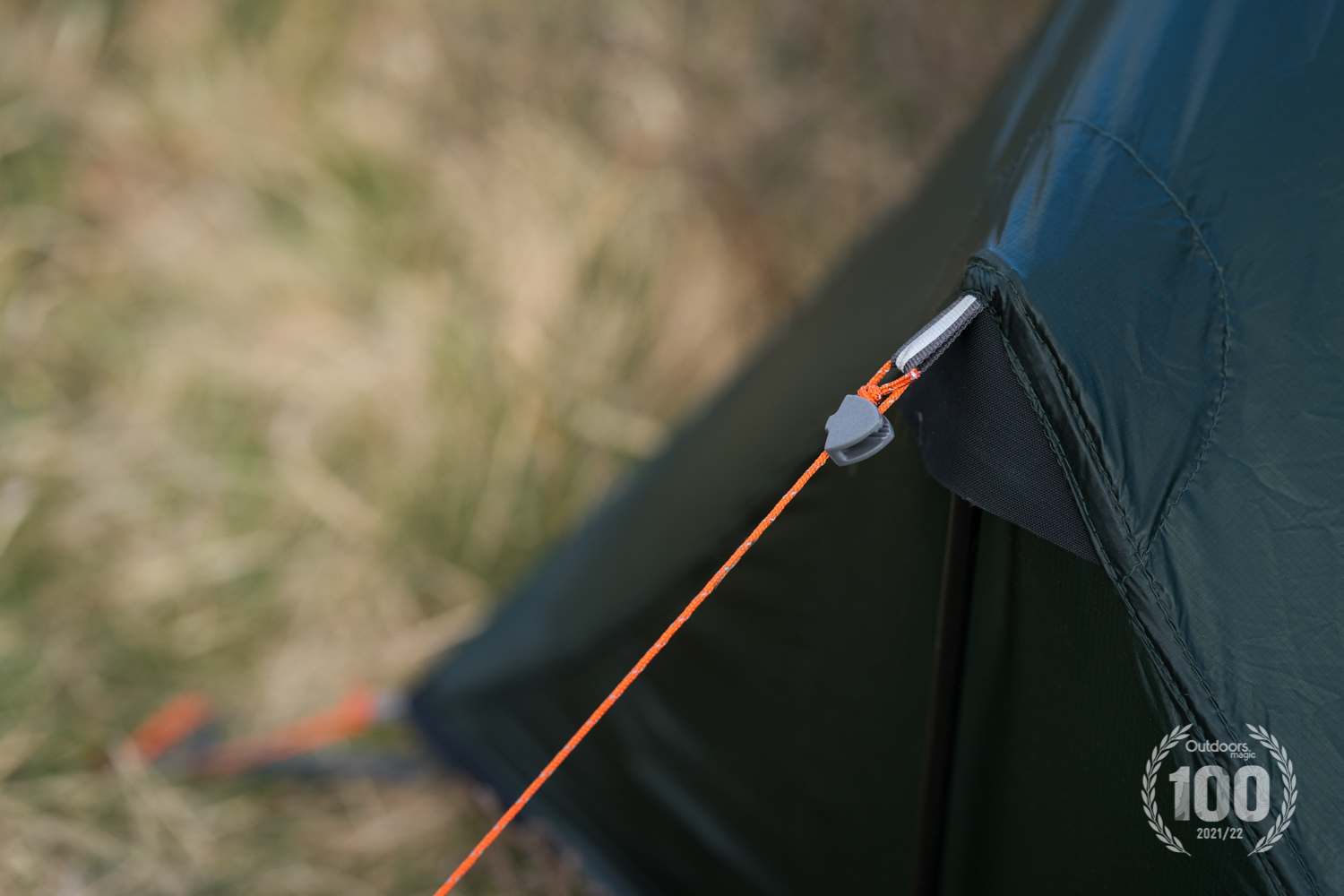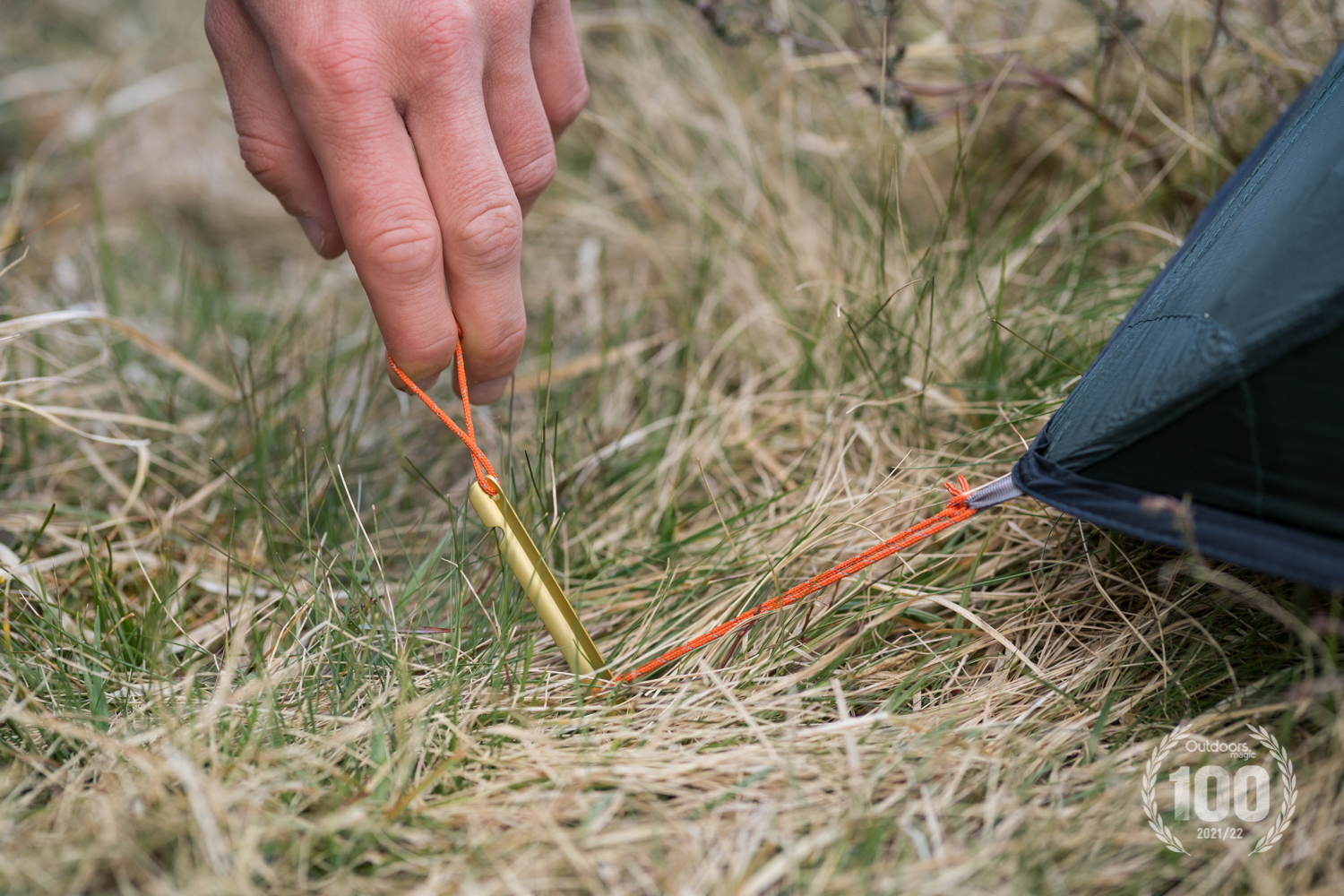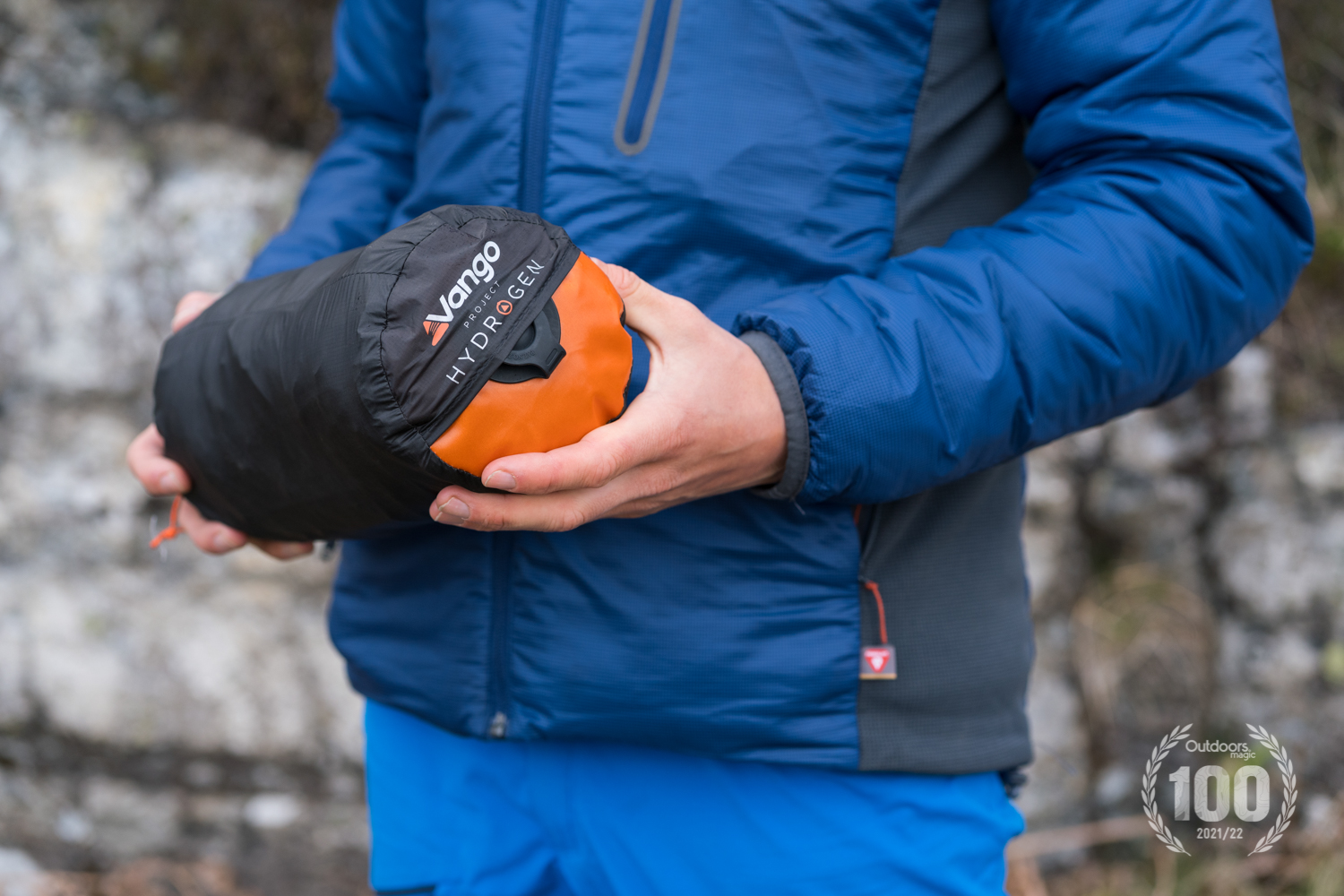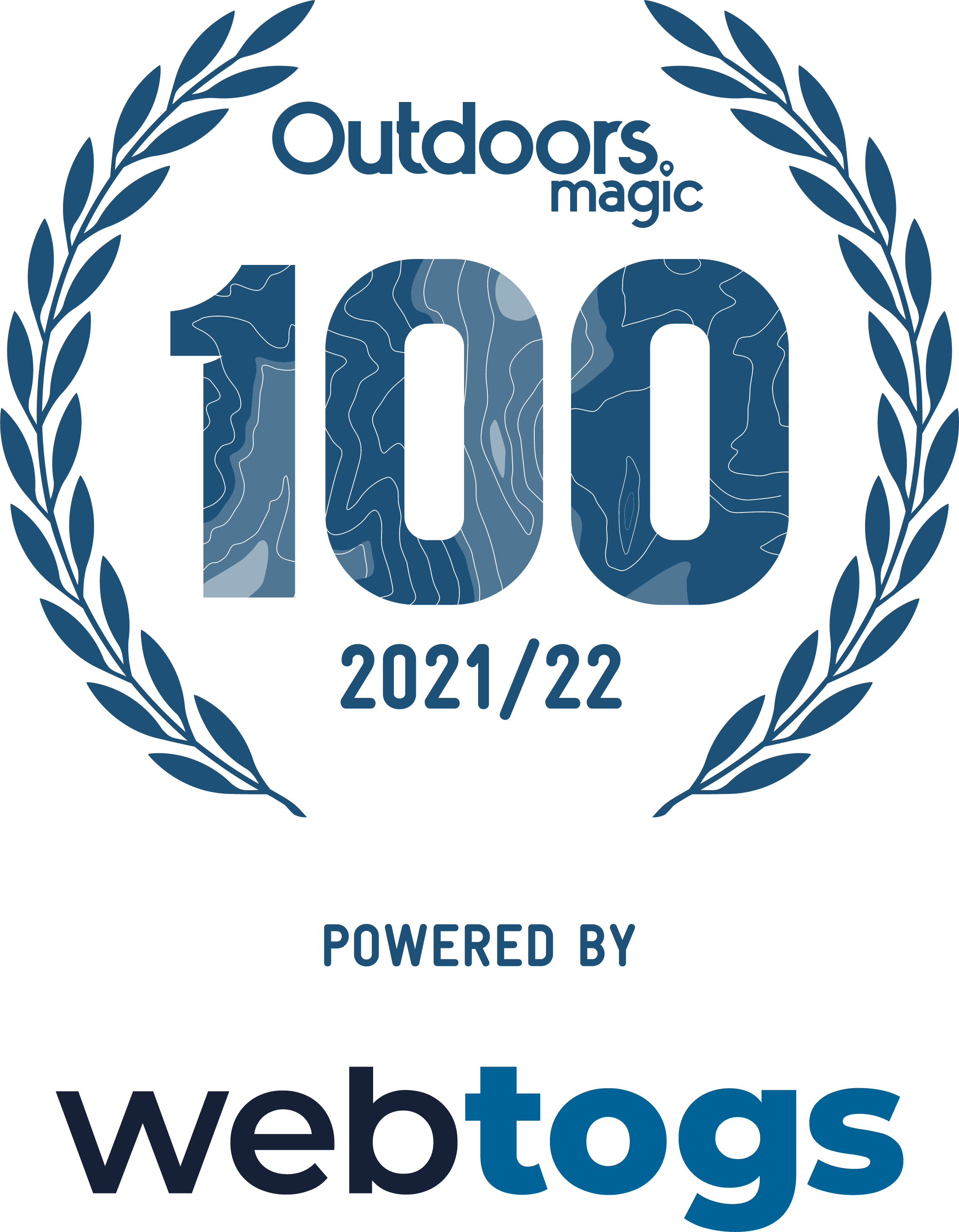Why We Chose It: First of its kind innovation, super light and packable
When the first inflatable family camping tents were unveiled, it’s fair to say there were a few sceptics of the new technology. Today, however, go to any busy campsite and you’re pretty much bound to see plenty of families with them. They’re becoming hugely popular. Why? Because they actually work very well, with the air beam tech reducing the likelihood of frustrating erecting and packing away problems and also being able to survive strong winds. OK they might not always be quite as stable as a standard tent, but at least they’ll always bounce back, whereas with tents that use standard poles, there’s always that irreversible breaking point.
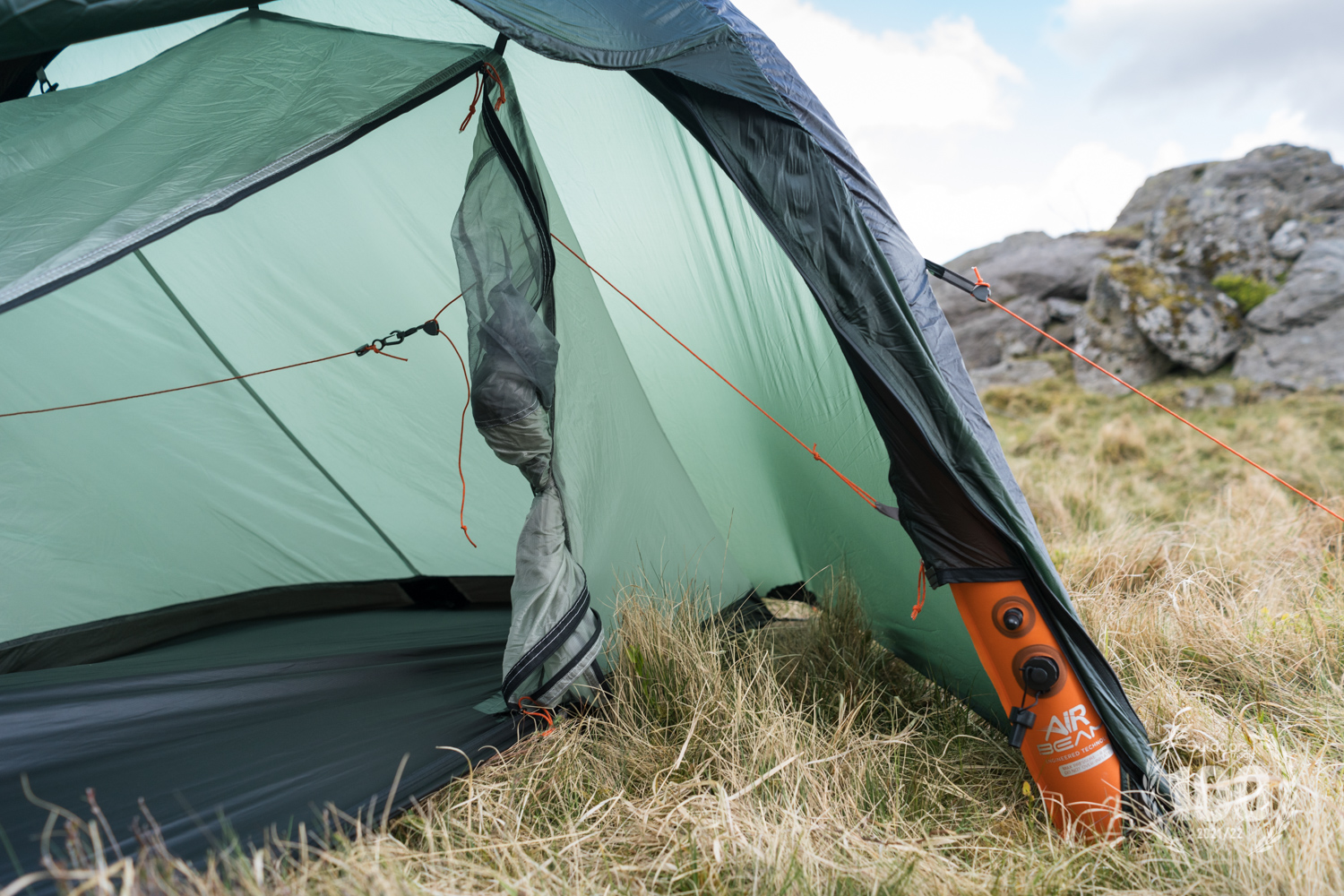
However, despite the popularity of air tents, the tech has been restricted mainly to just the world of family camping. That was until last year when this, the first lightweight inflatable backpacking tent, was unveiled.
At 700g, the Vango F10 Project Hydrogen looks like any normal backpacking tent, at first glance anyway. Look a little closer and you’ll see there’s one single air beam propping up the width of the tent. It can be inflated to a low pressure with the pump sack that comes with it, but for a sturdy and reliable pressure you’ll want to use a bike pump, or a compressed air canister.
Granted we’ve seen solo inflatable tents before, most notably from the likes of Heimplanet, but they haven’t been this light or packable. The whole thing packs down to a size not much bigger than a Pringles tube.

